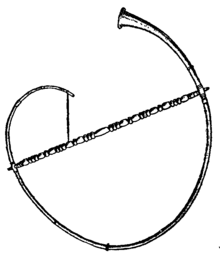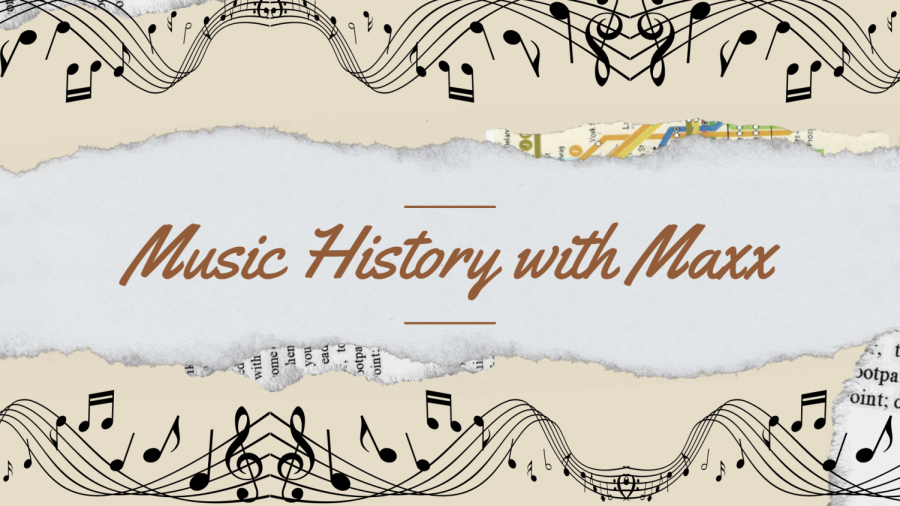Music history with Maxx: prehistoric era
Join me as I walk us through some of the music of the prehistoric era.
Have you ever wondered how music was used and made thousands of years ago?
The prehistoric era dates back to 2.5 billion years ago to 1,200 B.C. However, I’m going to talk about 75,000 years ago since it’s easier to fit in a small guide compared to 2.5 billion. The prehistoric period is separated into three categories, paleolithic, neolithic, and the metal ages. Paleolithic is the time when humans were nomads meaning they didn’t settle in one place, they were always traveling looking for food and other resources. After a couple of centuries, they started to domesticate animals and cultivate plants and other foods, which introduces the neolithic era. They were the first people to be farmers and agriculturists as well as settling in one place since they had no reason to keep traveling around. The metal ages contained the introduction to bronze, iron and copper, and how developments changed due to the discovery of these elements.
Paleolithic Music
It’s unknown where the music of the paleolithic came from. In fact, it’s not even confirmed they even had any. Historians assume that they used their voices to create a type of music for themselves as a form of entertainment. They may have also used other natural objects such as rocks, sticks, leaves. However, there is no historical proof that this happened. Despite this, it was discovered in Slovenia, 1995 that 60,000 years ago people made a flute called the “Neanderthal Flute” made out of cave bear bones.
Neolithic Music
At this time, there is still no physical proof of vocal music, it’s only an assumption that it was a common practice. However, the people of this time made flutes out of eagle bones with holes distinguishing where different notes were. Their music was percussive and very simple with no consideration of harmonies or melodies. While we don’t know what their music sounded like, we do know that they were used for rituals and hunting trips.
The Metal Ages Music
As stated above, the metal age is separated into three categories: the bronze age, the iron age, and the copper age. These ages built off of each other and instruments mainly evolved or similar ones were created.
The bronze age came first and being able to craft metal allowed for people to make metal bells, rattlers and other percussion instruments. The most popular instruments of this age were the Lur, the Lyre and Greek Flutes, and the Gong. Lurs were long, often twisted horns that were cast in bronze. Lyre was a harp-like string instrument used as a signal instrument in wars. The Greeks used pan flutes for traditional music during special occasions. The purpose of the gong was to summon the monks from their quarters to the central hall.
The Iron Age Celts created the Ancient Carnyx which was a wind instrument. It was a type of bronze trumpet with an elongated S shape, held so that the long straight central portion was vertical, and the short mouthpiece end section and the much wider bell were horizontal in opposite directions.

In the Copper age, the Romans had Buccinas that were used in military action and only had one to two notes. They were made of copper and bronze. It was used as most instruments of this time period as the morning and nighttime signal sound. It was also used to signify a funeral, and the ability to stand up or sit-down during festivities.
What did we learn?
We learned today that despite there not being evidence of everything that happened thousands of years ago, there are still some things you can infer about how people used and made music. There are some forms of physical evidence left behind and cave paintings too, but again, no one was around all those years ago to document everything.
Stay thinking!





